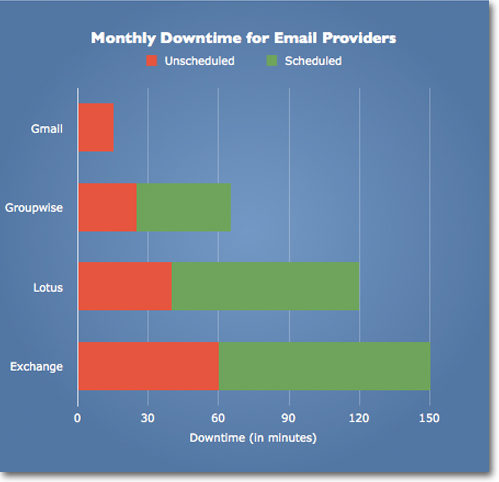Cloud Security Best Practices and Lessons for Business
Protecting Your Business in the Security of a Cloud Environment.
Having cloud security best practices in place is critical in order to prevent major data disasters from happening in business.
Speaking of security in the cloud and regardless of one’s position on the existence or fallacy of global warming, this fact remains undisputed: storms have increased both in frequency and strength over the past several decades.
Whether the result of normal cyclical changes in weather patterns or due to human activity, it is clear that the climate is changing. What is less clear is if critical infrastructure can handle the “new normal.”
Has your organization proactively made provisions and does it have cloud security best practices in place to protect your vital business data and processes in the event of a natural disaster?
Protecting Your Business in the Security of a Cloud Environment
Losing power, sustaining damage or temporary facility closure due to hurricanes, earthquakes, ice storms, flooding (or even a construction worker cutting power lines) will not result in the loss of data or other critical business function. You are in business anywhere there is an Internet connection.
The following is a true example of a business that assumed huge unnecessary risk by declining cloud security best practices and not having a cloud solution in place:
A large manufacturer argued against employing cloud storage, despite residing in a storm-prone section in the country, citing a desire to keep servers on site and under their watch. Despite stringent compliance requirements inherent in their industry and the need to meet thousands of service orders coming through the system weekly, management derived a sense of “security” having their servers in-house, rejecting the opportunity to store essential operations in the safety of the cloud.
Of course, the enviable storm hit and the facility was subjected to a power outage and major flooding that physically threatened the servers. A resourceful IT director put the servers in a car and raced hundreds of miles away from the facility, setting up shop for days in a hotel, subsequently placing the business in jeopardy of system breakdown and complete company failure.
How Reliable is Cloud Computing?
The recent downtime experienced by Amazon E3 and Microsoft BPOS has created quite a buzz about the stability of cloud computing. Lauren Carlson of Software Advice even wrote an article about the reliability of cloud computing. I think we should all expect to see bumps along the way – it’s a natural part of the cloud computing process.
Most notable in the findings is that among the most popular email systems (Microsoft Exchange, IBM Lotus Notes, etc.), there was an average of 30-60 minutes of unscheduled downtime per month. On top of that, there was an average of 36-90 minutes of scheduled downtime. That stands in stark contrast to Gmail’s total downtime of 10-15 minutes.
This downtime article on cloud computing reliability made me think about an event I experienced back in the early days of my career. There was a catastrophic failure in an ERP system (this was 1993) and the backup had hung 5 days earlier.
It was right before the Thanksgiving holiday and I was on my way out of town (that didn’t happen). The company I worked for was tenting the building for termites (taking advantage of the long time off), so I had to be out within an hour. I tucked the server under my arm and headed home to spend many sleepless hours to try and get the server back to a running state. We ended up losing data, and about a week of “up time.”
It was an awful experience – and it is one of the reasons why I love cloud computing. Very seldom does anyone talk about a singular company’s downtime, but it’s all over internet media when big cloud computing providers go down.
I actually think this transparency is a great thing. It’s going to force cloud computing providers to do everything better. It’s not a reason to run back to on-premise solutions, however. That’s pain from the past I’d just as soon forget.
About the Author: A 20-year technology consultant with a passion for developing highly optimized solutions, Greg Pierce is one of the foremost experts on cloud computing trends, systems integration and deployment strategies. As Vice President of Concerto Cloud Services, Greg develops the strategic direction, vision and product offerings for the firm’s Concerto Cloud Services and manages sales, service and delivery for all cloud-based deployments.














